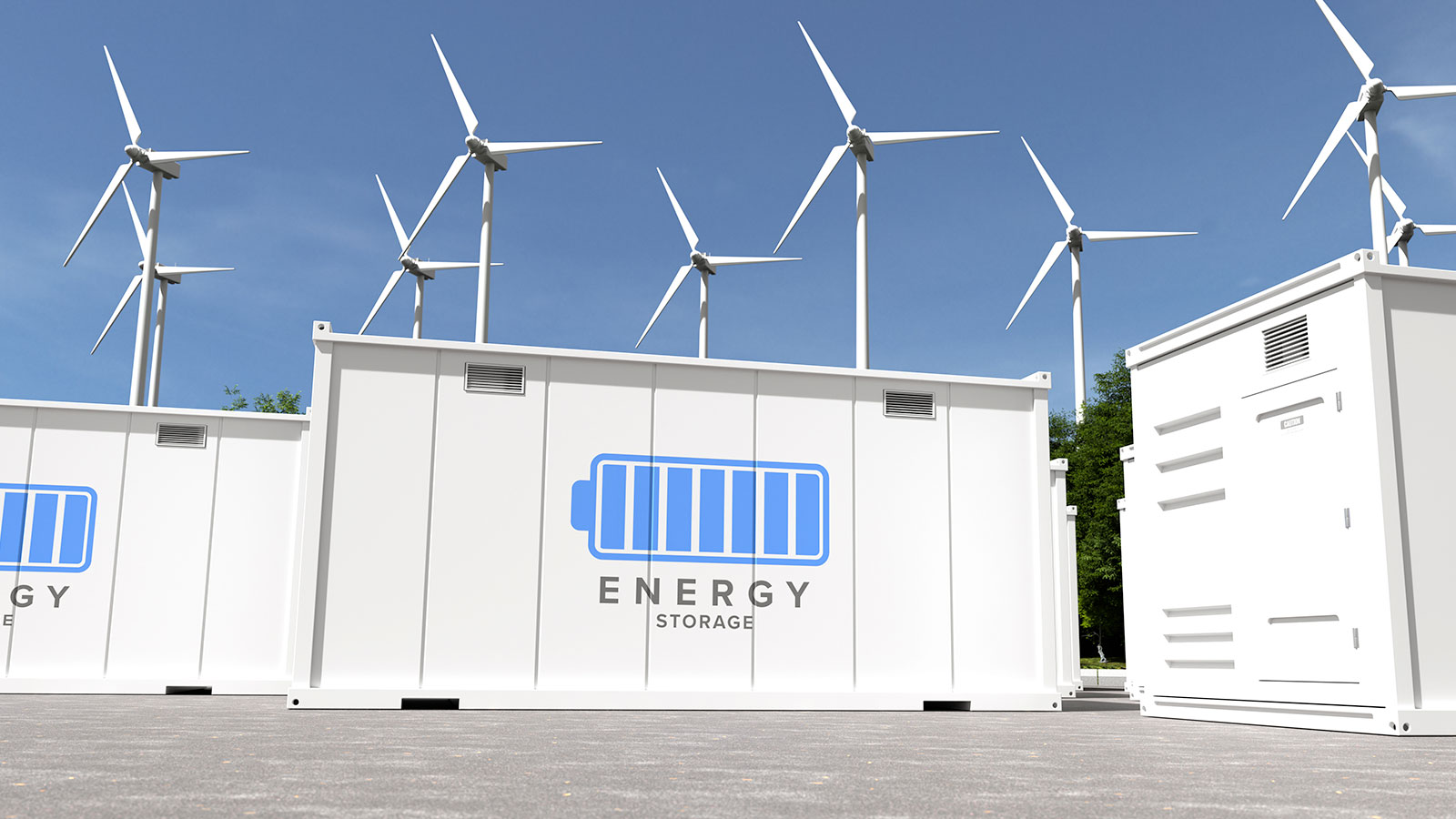Tom Foley, Executive Director (UK, Europe & Middle East) Future Energy at GHD, explains why battery energy storage will be key to the UK’s green revolution.
The closure of the last remaining coal-fired power station in the UK, Ratcliffe-on-Soar, marks the end of an era for coal generation and a significant step towards reducing reliance on fossil fuels, aligning with the Government’s commitment to making Britain a clean energy superpower by 2030 and reducing energy bills.
Despite recent progress in furthering renewable energy, such as the record-breaking results of the Government’s Contracts for Difference (CfD) sixth auction round (AR6), which brought 9.6 GW of renewable energy projects closer to realisation, the delivery dates of these projects, set for 2029, serve as a stark reminder of the limited time available to meet the Government’s 2030 mission.
Renewable energy sources like wind and solar are intermittent, relying on weather conditions for energy production. This can result in excess energy being wasted during peak generation, while falling short during periods of high demand. These intermittent sources of generation require additional grid support to balance the supply and demand of electricity across the network. So, how do we accelerate renewable power adoption and maintain a reliable energy supply on grey, windless days?
Traditionally, fossil-fuel power stations have bridged this gap, but the industry is increasingly turning to battery energy storage systems (BESS) to support higher penetration of intermittent renewable energy generation.
By storing excess energy generated during times of high production and releasing it when demand peaks or generation is low, BESS helps keep our grid stable and reliable. Essentially, they act as a buffer, ensuring a smooth transition to clean energy without compromising power supply reliability. These systems are essential for managing the variable nature of renewable energy sources like wind and solar.
BESS projects are clean, compact and relatively quick to construct. However, the technology is not a complete silver bullet. These projects are also facing critical congestion issues when accessing the electricity grid, just as other projects are trying to secure a firm connection to the network.
Earlier in May this year, a report from the Environmental Audit Committee highlighted obstacles for planned renewable energy projects, pointing to ‘persistent problems’ in accessing the electricity grid.
Currently, the queue for grid connections holds more than twice the generation capacity needed to meet the Government’s 2035 decarbonisation target. The Committee has urged the Government and Ofgem to ‘actively monitor’ and streamline initiatives designed to speed up grid connections, which would provide more guidance and easy adoption of this useful technology.
Whilst Ofgem has been leading work across the industry to significantly increase investment in network infrastructure, its efforts continue to be defeated by delays in consenting and permitting decisions that run well beyond statutory planning limits.
To fully harness the potential of BESS, we must focus our efforts on cutting through the red tape to quickly deploy energy storage solutions. Strategic and well-targeted investments are also crucial to support higher penetration of renewable energy sources. We are in critical need of clear policies, well-defined initiatives, and decisive actions with specific deadlines to meet the Government’s ambitious targets and effectively shape the industry’s landscape.
Despite the difficulties, there is a shared commitment to building energy infrastructures that are fit for the future. By integrating advanced technologies and strategic planning, countries can empower communities to create a resilient and sustainable energy future. The journey toward a greener future is no easy feat. Ongoing dialogue with Government and public bodies will be essential for making meaningful progress toward our climate goals.


